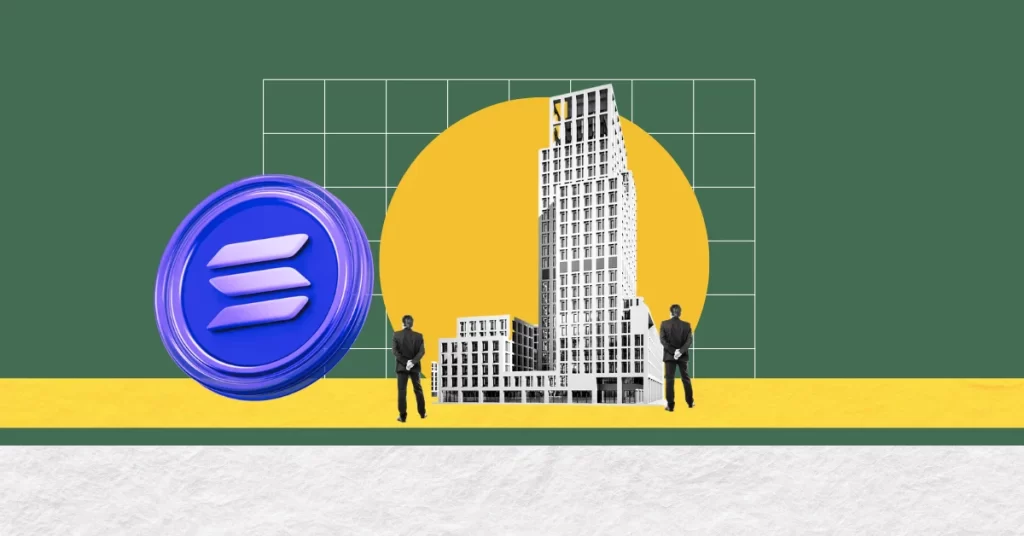
RGB protocol, a smart contract and asset issuance protocol for Bitcoin, has officially launched on the Bitcoin mainnet.
On July 17, RGB protocol announced that it had been successfully deployed on Bitcoin, unlocking new functionalities such as token creation, asset transfers, and programmable contracts within the Bitcoin and Lightning Network ecosystems.
The latest release, version 0.11.1, marks a major milestone for developers and users that want to issue and manage digital assets on Bitcoin and the Lightning Network without relying on external blockchains.
According to the project team, RGB enables users to create and manage stablecoins, non-fungible tokens (NFTs), community tokens, and other digital assets directly on Bitcoin.
Users can send and receive these assets over Bitcoin or Lightning, all while keeping control, privacy, and decentralization intact.
RGB uses client-side validation, meaning all asset data stays off-chain and doesn’t touch Bitcoin’s core consensus.
This approach helps scale asset issuance on Bitcoin without compromising user privacy. However, asset proofs still get anchored to Bitcoin transactions, keeping them permanent without putting extra load on the blockchain itself.
The protocol does not depend on trusted intermediaries such as federations, validators, or centralized coordinators.
All validation is done locally by the user, reducing reliance on third parties and minimizing network-level risks.
RGB has been positioned as a Bitcoin-native alternative to asset issuance platforms built on other chains, the project’s team told crypto media.
USDT to be launched on Bitcoin
As part of its early adoption plans, RGB will support the deployment of Tether’s USDT stablecoin on the Bitcoin network.
Viktor Ihnatiuk, founder of Boosty Labs, one of the core development firms behind RGB and a founding member of the RGB Protocol Association, confirmed that USDT will serve as the first real-world use case of RGB’s confidential and scalable asset transfers.
Once USDT is launched through RGB, users will be able to send and receive the stablecoin over the Lightning Network with low fees and fast confirmation times.
Ihnatiuk said this would remove the need for using separate blockchains that often involve trade-offs in trust and decentralization.
Ihnatiuk also noted that several existing RGB-based projects are preparing to integrate Tether once the asset becomes available on the protocol.
Further, he added that RGB’s infrastructure supports Lightning-based atomic swaps, allowing for decentralized trading between different assets without any intermediaries.
On top of that, the RGB protocol includes a virtual machine that developers can use to build DeFi applications and smart contract logic similar to what is available on Ethereum or Solana.
This means, like Ethereum, developers would be able to create decentralized applications within the Bitcoin ecosystem, leveraging its security while expanding functionality.
To support ongoing development and adoption, a group of industry stakeholders has established the RGB Protocol Association. It plans to drive development, support education, and back community projects with grants and sponsorships.
The association’s founding members include Bitfinex, Boosty Labs, Fulgur Ventures, Plan B Network, Kaleidoswap, ThunderStack, LNFI, Bitmask (by Diba), and Tribe RGB.
RGB’s launch is part of a growing push to expand what Bitcoin can do. Other initiatives in this regard include, Bitcoin ordinals, which allows users to inscribe NFTs directly onto individual satoshis, the smallest unit of bitcoin.
The post RGB protocol goes live on Bitcoin unlocking native support for stablecoins appeared first on Invezz















 English (US) ·
English (US) ·